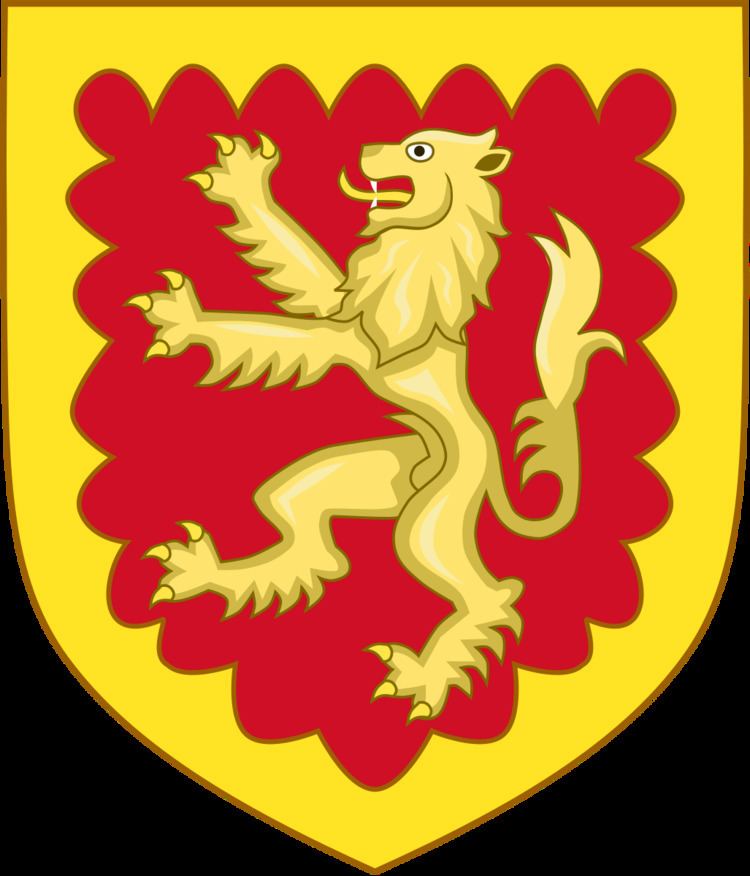Tenure (1827–1852) Died November 9, 1852 Parents John Joseph Talbot | Nationality British Grandparents Charles Talbot Name John 16th Great-grandparents George Talbot | |
 | ||
Born 18 March 1791 ( 1791-03-18 ) Resting place St John the Baptist Catholic Church, Alton, Staffordshire52°58′45″N 1°53′33″W / 52.979030°N 1.892527°W / 52.979030; -1.892527Coordinates: 52°58′45″N 1°53′33″W / 52.979030°N 1.892527°W / 52.979030; -1.892527 Uncles Charles Talbot, 15th Earl of Shrewsbury People also search for George Talbot, 6th Earl of Shrewsbury | ||
Other titles 16th Earl of Waterford | ||
Should you visit St Giles' Church, Pugin's Gem, Cheadle?
John Talbot, 16th Earl of Shrewsbury, 16th Earl of Waterford (1791–1852) was a British peer and aristocrat. Sometimes known as "Good Earl John", he has been described as "the most prominent British Catholic of his day", although he was the last Earl of Shrewsbury to follow the Catholic faith. John was also Lord High Steward of Ireland, an office the Earls of Shrewsbury have held since 1446.
Contents
Biography

John was born on 18 March 1791; son of John Joseph Talbot (9 June 1765 – 8 August 1815) and Catherine Talbot (Nee Clifton). He inherited his titles in 1827 from his paternal uncle, Charles Talbot, 15th Earl of Shrewsbury.
Among the estates he inherited from his uncle was the Talbot family's main home, Heythrop Park, which burned down in 1831. After the fire, John moved the family to another of his inherited estates, in Staffordshire. The house had originally been known as Alverton Lodge, and had been enlarged by the 15th Earl, who enclosed the park and started creating the formal valley gardens to create "Alton Abbey" (the name "Abbey" was chosen because it was fashionable -the site had no religious connections). John continued his uncle's work at Alton, developing and expanding the house and estate further; he renamed it Alton Towers. John was a "patron of the Gothic revival" and commissioned noted Gothic revival architect Augustus Pugin to work at the towers.
In addition to the building work at Alton Towers, John set about rebuilding nearby Alton Castle. The castle occupies a rocky precipice above the River Churnet on the outskirts of the village of Alton, Staffordshire. On a site fortified since Saxon times, the 12th-century castle had fallen into ruins by the 19th century. John had most of the ruins demolished, engaging Pugin again to design a new gothic-revival castle, which was built to resemble a French or German medieval castle. It is unclear why the 16th Earl had the castle rebuilt. It may have been intended for his cousin and eventual successor, Bertram Talbot (17th Earl of Shrewsbury); or it may have been intended as a Dower House for the Earl's wife, if he should predecease her. Towards the end of the castle's construction, the earl suggested the castle could be a home for priests, but Pugin was "vehemently against the idea".
John is remembered as "Good Earl John" for his charity, having supported local schools and churches, and financed the construction of new Catholic chapels around the Midlands. Among the buildings he helped finance is St Chad's Cathedral in Birmingham. Adjacent to Alton Castle, John had a new church constructed alongside a "replica of a medieval hospital, a guildhall and presbytery"; this was again to the designs of Augustus Pugin. The Earl's friend, Ambrose Philips, convinced him to construct a monastery: this idea developed into the hospital complex that was built, as John felt it "could do more good for the community" than a monastery. The "hospital" served as a "humanitarian almshouse", providing for the poor and elderly of the parish. The buildings also provided lodgings for poor and elderly priests, with an attached library and dining room. The church, dedicated to St. John the Baptist, was also used as a school for local poor children.
John died on 9 November 1852, aged 61. His funeral was held in the Birmingham Cathedral he helped finance. John and his wife are buried in St. John the Baptist Roman Catholic Church, the church John built adjacent to Alton Castle.
Family
John married Maria Theresa Talbot (died 8 June 1856), daughter of William Talbot of Castle Talbot, County Wexford, Ireland. They had 3 children:
